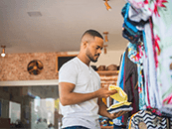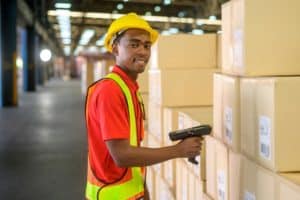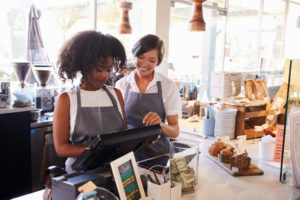Although Sproxil’s authentication technology is currently being used only in the pharmaceutical industry, we are in discussions to apply it to other industries as well. You can immediately understand why when you read a recent article from The Economist that discusses the wide proliferation of fake products. City street-goers have long been able to purchase knock-off handbags or bootleg copies of DVDs for cheap prices; the problem now is that counterfeit products are being manufactured in a growing number of industries and being sold at increasing rates. As a result, consumers are frequently acquiring them without realizing it, often putting themselves and others in danger. In several examples, The Economist points out that NASA has bought questionable aeronautical equipment and the “the number of counterfeit parts in military electronics systems more than doubled between 2005 and 2008, potentially damaging high-tech weapons.”According to the International Anti-Counterfeiting Coalition (IACC), counterfeit goods make up 5-7% of world trade and are worth somewhere between $250-600 billion in total. Factors contributing to the increase in counterfeit trade include “the shift of much of the world’s manufacturing to countries with poor protection of intellectual property,” (in many cases, countries whose population cannot afford to purchase the real-deal) as well as the internet and other online buyer/seller sites that allow consumers to purchase products without any proof that those products are what they claim to be. There is also some argument that the recession has played a part, as less-expensive “brand name” products seem more feasible (and thus appealing) when there’s a shortage of cash. Businesses selling luxury goods are cracking down on counterfeit supply chains, and the number of related lawsuits is higher than ever.
But now to the point. Having said all of this about the state of worldwide product corruption, we can feel good about the work we, other companies and governments around the world are doing to combat the counterfeit issue. As anti-counterfeit technologies improve, they are moving from easily-copied holograms to things like “special inks, watermarking, and other “covert” technologies”, which are invisible to the eye and therefore more difficult to replicate. Other methods working to slow down counterfeiting involve so called “genetic markers”, made to be incorporated into the packaging or product itself, as well as online “brand-protection” agencies, which provide both physical and online counterfeit tracking. Even Sproxil’s scratch-off technology is a “covert” solution since it is hidden from the naked eye until one reveals the code. In the developing nations where drug counterfeiting is a major problem, our service provides an appropriately straightforward, affordable, and effective solution. As Sproxil gains steam and we adapt our technology, you will begin to see our solutions on a variety of products around the globe.
In the meantime, support government efforts to slow counterfeiting, and stay on the lookout for more news related to the Anti-Counterfeiting Trade Agreement (ACTA), a treaty expected to be released later this year. The next obstacle will be in getting China – where 80% of the world’s counterfeit goods are believed to be produced – to effectively enforce it.
To learn more, read the article in full.























